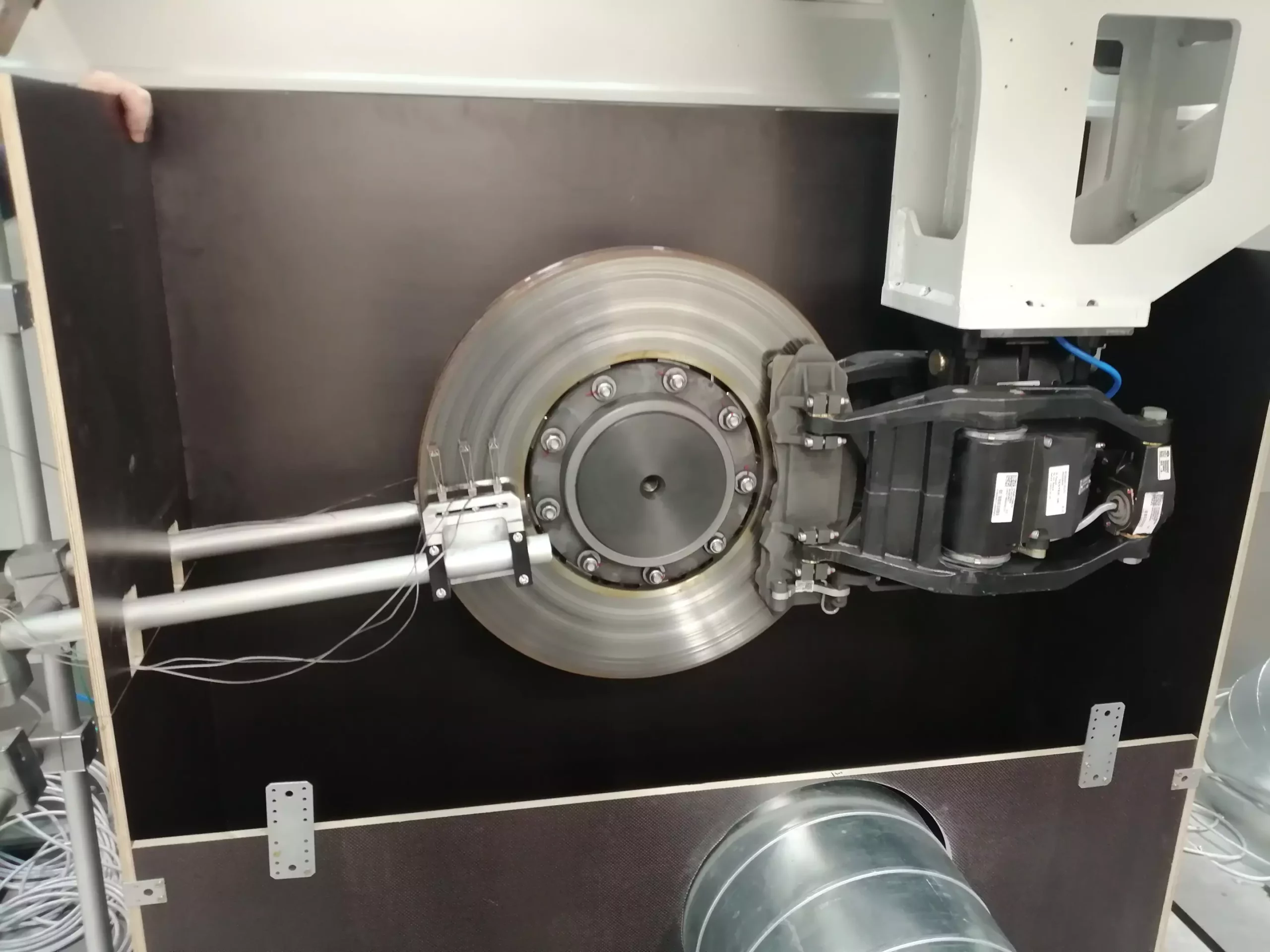When discussing the environmental impact of transportation, the focus is often on exhaust emissions from road vehicles. However, a recent study by researchers from the Institute of Thermodynamics and Sustainable Propulsion Systems at Graz University of Technology has shed light on the significant influence of non-exhaust emissions from rail transport on air quality and soil pollution. This study, published in the journal Transportation Research Part D: Transport and Environment, highlights the importance of considering abrasion emissions from rail vehicles in environmental assessments.
The researchers found that non-exhaust emissions from rail transport have a substantial impact on air quality, especially in areas along railway line sections with increased braking, such as station approaches and sections with speed limits. The study revealed that abrasion emissions from rail vehicles alone can reach up to 25 micrograms of particulate matter per cubic meter in the PM10 category, exceeding half of the permissible limit of 50 micrograms per cubic meter. Furthermore, the study found that the proportion of heavy metals in railway emissions is significantly higher than in other modes of transport, leading to more heavily polluted deposits in soil and water.
The research team conducted a detailed analysis of the composition and source of the abrasion particles emitted from rail vehicles. By testing brake pads in a new brake test rig for rail vehicles at TU Graz, analyzing the abrasion of the contact wire and pantograph at the Politecnico di Milano, and scrutinizing the wheel-rail contact at DB Systemtechnik in Berlin, the researchers were able to allocate the emissions to air, soil, and water. These findings suggest that non-exhaust emissions from rail transport are not negligible and must be taken into account in overall environmental assessments.
While non-exhaust emissions from rail transport may not single-handedly cause pollutant limits to be exceeded, they certainly contribute to the overall mix of air pollutants. The fine particulate matter emitted from rail vehicles can have a significant impact on air quality, particularly in densely populated areas along railway lines. As such, efforts to reduce abrasion emissions from rail transport must be prioritized to mitigate their adverse effects on public health and the environment.
The study conducted by researchers at Graz University of Technology highlights the importance of considering non-exhaust emissions from rail transport in environmental assessments. The findings underscore the significant impact of abrasion emissions from rail vehicles on air quality and soil pollution, emphasizing the need for further research and action to mitigate these effects. By addressing the issue of non-exhaust emissions from rail transport, we can work towards creating a more sustainable and environmentally friendly transportation system for the future.


Leave a Reply